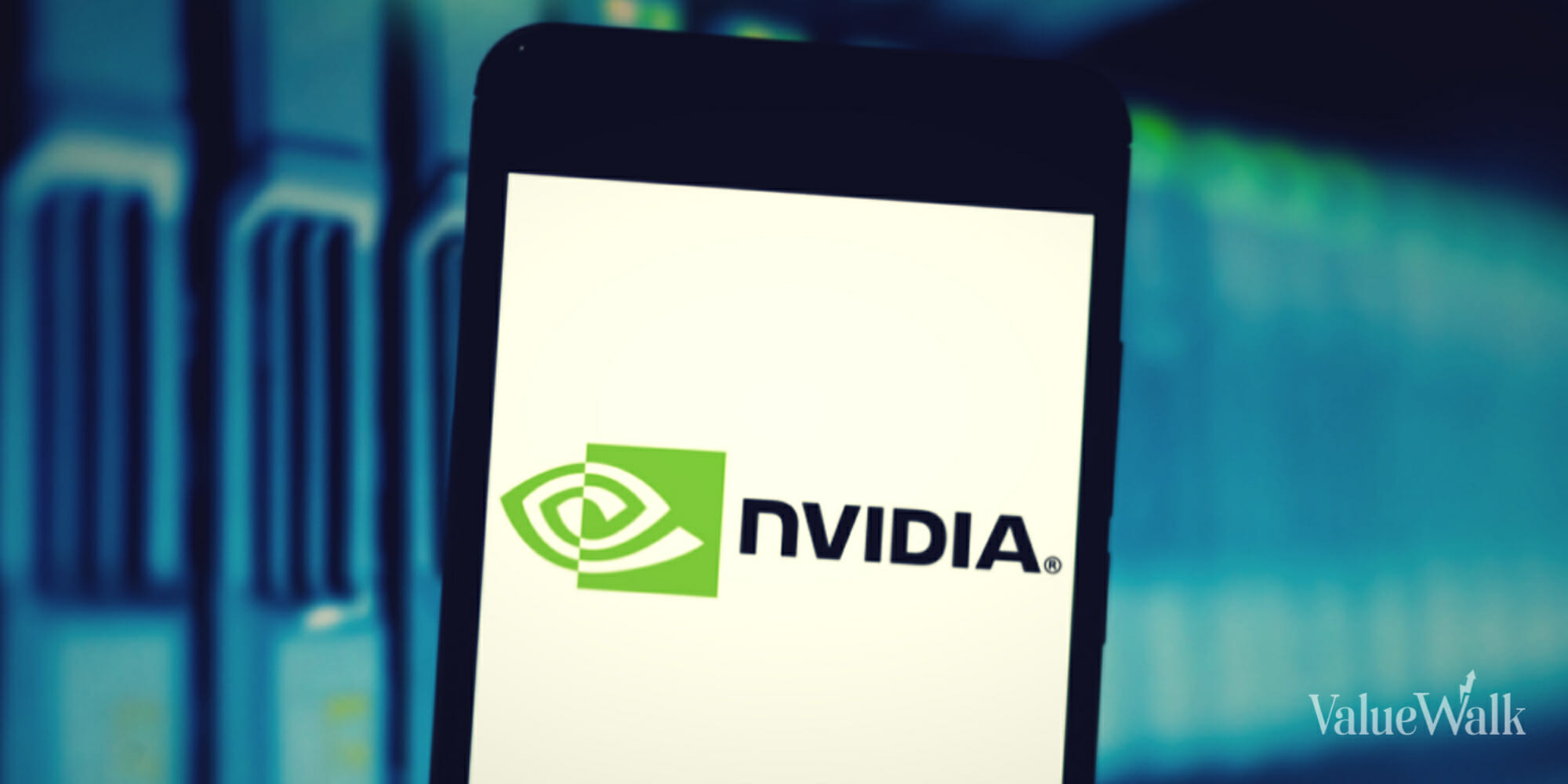The stock markets were up on Thursday, and one of the big reasons was the blowout earnings of one of the largest companies in the world, NVIDIA Corp. (NASDAQ:NVDA). This semiconductor stock, included among the Magnificent Seven, was up by about 15% on Thursday to around $777 per share after the company beat earnings estimates.
NVIDIA’s stock price is already up 61% year to date (YTD) and 274% over the past year as of Feb. 22, and it is showing no signs of slowing down.
Record revenue last year
NVIDIA makes graphics processing units (GPUs), primarily for computers, gaming systems and cars, but what has enabled it to stand out is its artificial-intelligence chips for accelerated computing at data centers that handle complex AI-related functions.
NVIDIA has been a juggernaut over the past year, and that was clear in its fourth-quarter and full-year earnings report released Wednesday after the market closed. For the quarter that ended Jan. 28, 2024, NVIDIA generated a record $22.1 billion in revenue, up 22% from its blowout third quarter and a whopping 265% up from its fourth quarter a year ago.
Net income hit $12.3 billion in the quarter, or $4.93 per share. That’s up 33% from the third quarter and an astounding 765% year over year.
For the full fiscal year that ended Jan. 28, NVIDIA generated $60.9 billion in revenue, which is 126% higher than the previous fiscal year. Net income was $29.8 billion, or $11.93 per share, up 585% from the previous fiscal year.
The main revenue driver was data centers, which generated most of the chipmaker’s revenue in the fourth quarter, a record $18.4 billion. Data center revenue also posted a record $47.5 billion for the fiscal year, accounting for about 78% of total revenue. Large cloud providers like Microsoft (NASDAQ:MSFT) accounted for more than half of NVIDIA’s data center revenue.
“Our Data Center platform is powered by increasingly diverse drivers — demand for data processing, training and inference from large cloud-service providers and GPU-specialized ones, as well as from enterprise software and consumer internet companies. Vertical industries — led by auto, financial services and healthcare — are now at a multi-billion-dollar level,” said Jensen Huang, founder and CEO of NVIDIA, in the earnings report.
Bullish outlook
It appears that NVIDIA is not slowing down any time soon based on its outlook. For the first quarter of its fiscal 2025, the chipmaker expects revenue of $24 billion, which would be another record, beyond the $22 billion last quarter and more than triple the $7.2 billion in the first fiscal quarter a year ago. NVIDIA is targeting a gross margin of 76.3% in Q1, up slightly from 76% in Q4, while it projects operating expenses of $3.5 billion, up from $3.2 billion last quarter.
The company only provides guidance for one quarter ahead, but in his comments to analysts on the earnings call, Huang was bullish that their growth would continue longer term.
“Fundamentally, the conditions are excellent for continued growth calendar ’24, to calendar ’25 and beyond, and let me tell you why. We’re at the beginning of two industry-wide transitions, and both of them are industry-wide,” Huang said on the call.
The first transition is from general to accelerated computing.
“General-purpose computing, as you know, is starting to run out of steam … There’s just no reason to update with more CPUs when you can’t fundamentally and dramatically enhance its throughput like you used to. And so you have to accelerate everything. This is what NVIDIA has been pioneering for some time,” Huang said.
The second industry-wide transition is generative AI.
“We’ve seen a generative AI really becoming a whole new application space, a whole new way of doing computing, a whole new industry is being formed and that’s driving our growth,” added Huang, who expects to see AI data centers “in every industry, every company, every region.”
NVIDIA has a high price-to-earnings ratio, but its forward P/E is about 33 and its five-year P/E to growth ratio is less than one, so based on its incredible earnings growth, its valuation is very reasonable.












